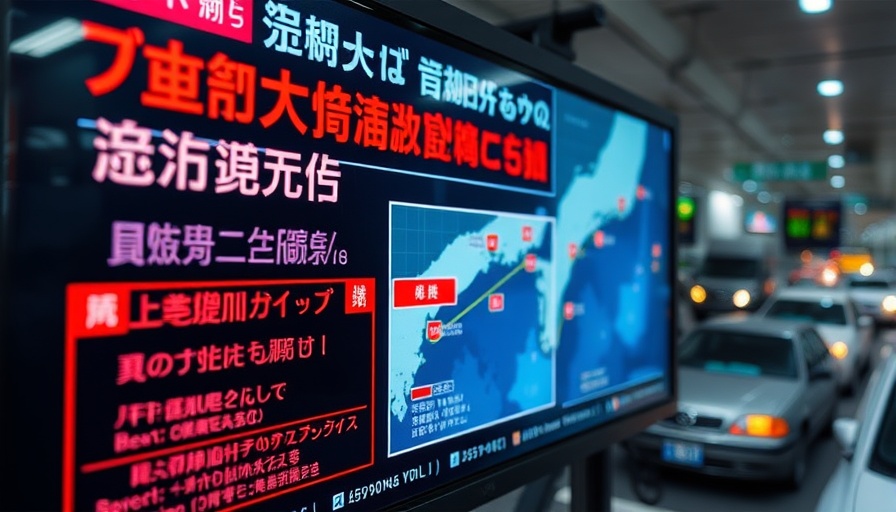
Massive 8.8-Magnitude Earthquake Hits Russia, Tsunami Warning Issued
In a stunning seismic event, a powerful 8.8-magnitude earthquake struck Russia’s Far East early Wednesday, triggering tsunami warnings that extended from the coast of Alaska to Hawaii and even as far away as New Zealand. This earthquake, one of the strongest recorded globally in recent years, drew immediate responses from emergency services across the Pacific region.
Immediate Reactions and Tsunami Alerts
Residents in areas like Tokachi, located on Japan's southern coast, reported fleeting but visible waves measuring 40 centimeters (1.3 feet), marking a relatively mild reaction compared to the potential hazards forecast by agencies like the Pacific Tsunami Warning Center. In Hawaii, sirens prompted locals to evacuate to higher ground, reflecting a community that remains vigilant against such natural disasters, rooted in a shared history of dealing with seismic activity.
The Broader Impact and Global Context
The quake’s epicenter was only 119 kilometers (74 miles) away from the populous city of Petropavlovsk-Kamchatsky, resulting in widespread chaos. Reports indicate that residents fled their homes as cabinets toppled and roads shook. Power outages compounded the fear and confusion in the immediate aftermath, demonstrating the extensive reach of such an event on daily life and safety protocols in seismic hotspots.
Historical Significance and Comparisons
This quake is being closely compared to the 9.0-magnitude earthquake in March 2011 off northeast Japan, which triggered a catastrophic tsunami and led to nuclear meltdowns. With over a decade since that event, experts are closely monitoring aftershocks following this latest earthquake to predict potential future developments, enhancing public awareness and preparedness for similar events.
Looking Forward: What This Means for Coastal Communities
The responses initiated in coastal areas of the United States, particularly in Alaska, Hawaii, and parts of the West Coast, highlight ongoing readiness and responsiveness to seismic threats. Staying informed on such natural phenomena can empower residents and visitors alike, helping to mitigate risks associated with their unpredictable nature. Knowing evacuation routes, emergency contacts, and tsunami warning protocols ensures that communities are better equipped to handle future incidents, should they occur.
For more detailed information on earthquake preparedness measures and local updates, residents are encouraged to follow [local emergency management websites] for updates. Remember, awareness is key to safety.
 Add Row
Add Row  Add
Add 




Write A Comment